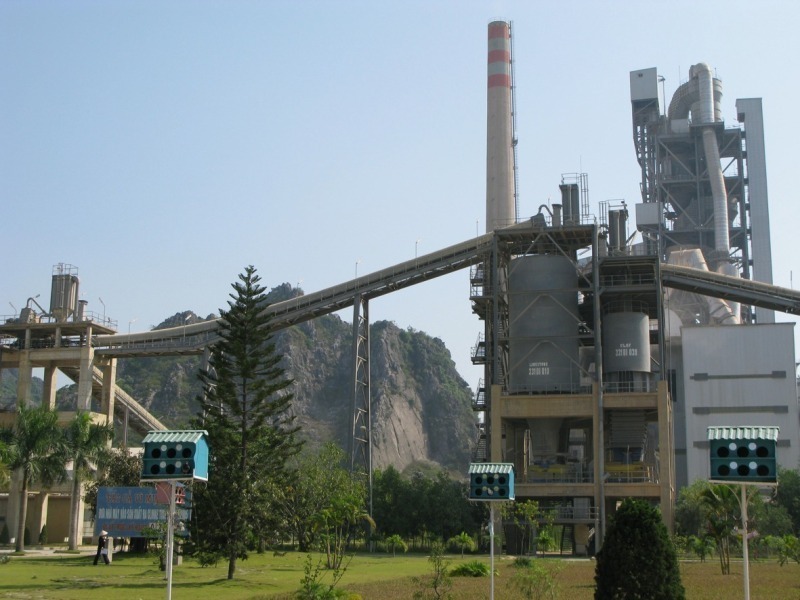Wednesday, 17/12/2025 | 07:19 GMT+7
Industry sector consumes huge energy and emits much environmental pollutants. The thermal power plants, metallurgy plant, cement, glass, food processing facilities all have incinerators using coal, oil, gas or electricity to generate much heat during the manufacturing process. However, the really useful energy often accounts for only a small fraction of the total burned fuel. It, therefore, not only increases the cost of production but also causes waste of resources and serious negative impacts on the environment.

For example, the cement industry is a sector well-known for its very large energy consumption. To produce a ton of clinker, the advanced technology firing consumes 730,000-800,000 kcal, equivalent to 110 - 120 kg of standard charcoal, and discharges a huge emission of 2,500 - 2,800m3 of hot air at temperatures between 350 - 3,80oC with average dust concentration of 50 mg/Nm3, causing environmental pollution, and greenhouse effect. To produce one ton of cement, it needs 90 - 100Kwh of electricity. Meanwhile, the actual heat contributes to the product formation represents only 5% - 30%. Most of the remaining heat emission is found in the flow of wastewater or cooling machine and released into the environment, contributing to global warming.
If we can fully utilize the heat generated from the combustion process, CO2 and SO2 and noxious gases generated from industrial production can be reduced from 50% - 80%. With modern heat recapture equipment, most of the discharged heat can be recaptured and brought back to manufacturing process.
It is obvious that the demand for power is increasingly higher, greater, while there is a severe shortage of electricity. The speed of development of power plants fails to meet the demands, often behind schedule, meanwhile fossil fuels become more expensive, and some other energy resources are left unused or inefficiently used. Facing the reality, Vietnam has made very specific policies and strong messages on economical and efficient use of energy, rational exploitation of resources, investments into environment domains, especially the activities of collecting , recycling and reusing the exhausted heat .
According to the development plan of Vietnam cement industry to 2020 and vision to 2030, all cement plants with a capacity of 2,500 tones of clinker per day or more must be equipped with waste heat recovery (WHR) devices to save at least 20% of electricity consumption in 2015. This is an important move forward in implementing the sustainable development of the cement industry in Vietnam.
Trong Tan







